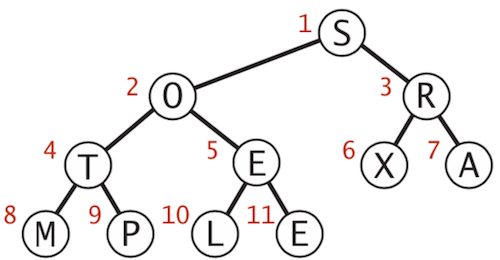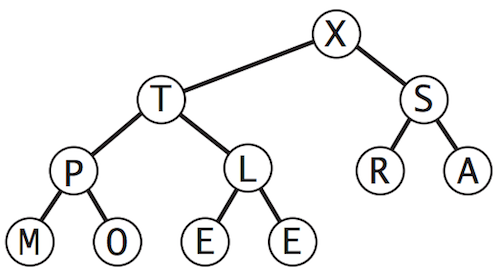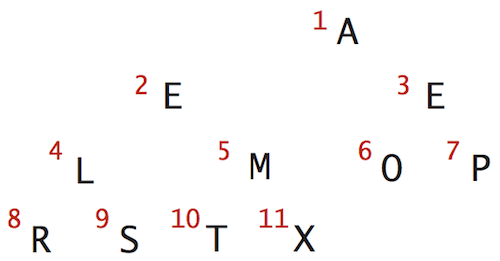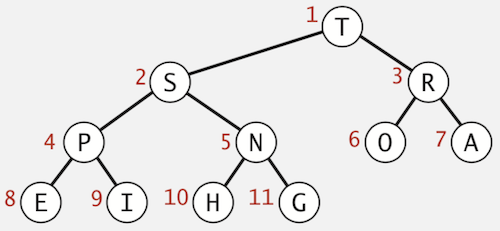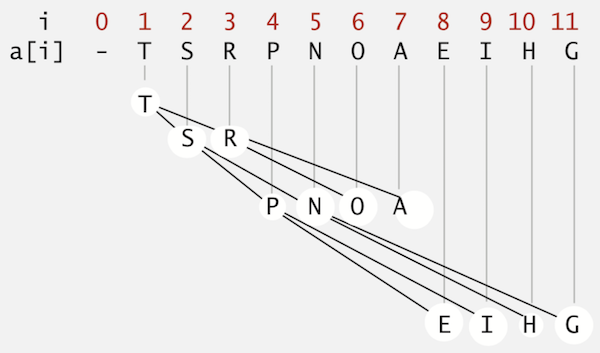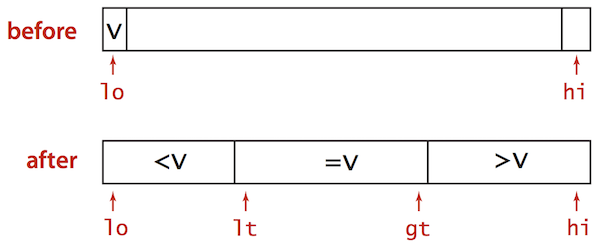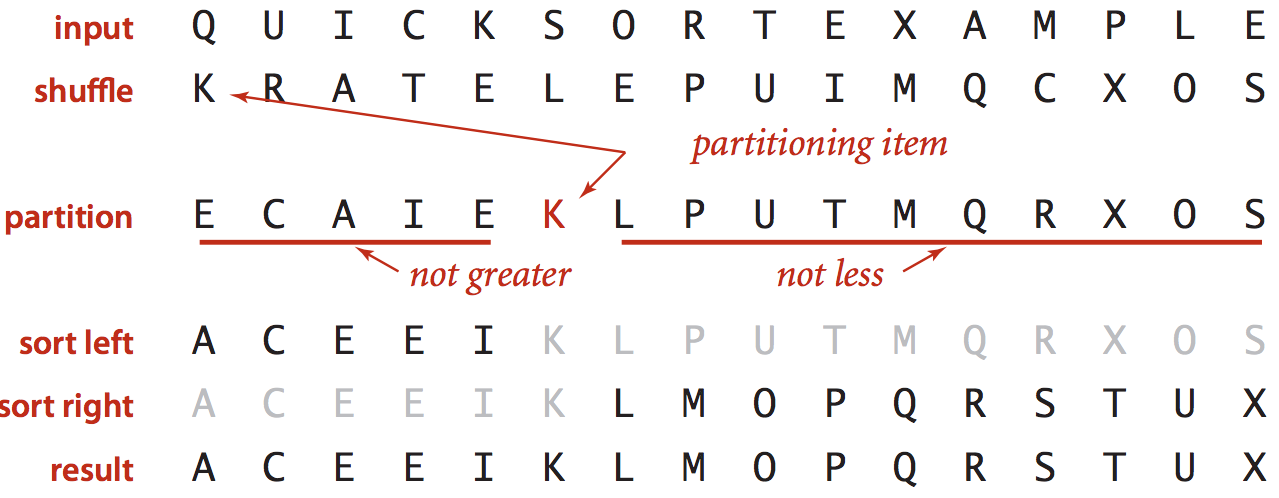Nothing special here. It’s just a blog post for summarising my algorithm learning course. Although this was already taught in the University, it’s still god to summarize here
1. Symbol Tables
Key-value pair abstraction.
- Insert a value with specified key.
- Given a key, search for the corresponding value.
Example
| domain name | IP address |
|---|---|
| www.cs.princeton.edu | 128.112.136.11 |
| www.princeton.edu | 128.112.128.15 |
| www.yale.edu | 130.132.143.21 |
| www.harvard.edu | 128.103.060.55 |
| www.simpsons.com | 209.052.165.60 |
Symbol Table APIs
Symbol Tables act as an associative array, associate one value with each key.
public class ST<Key, Value> {
void put(Key key, Value, val);
Value get(Key key);
void delete(Key key);
boolean contains(Key key);
boolean isEmpty();
int size();
Iterable<Key> keys();
}
